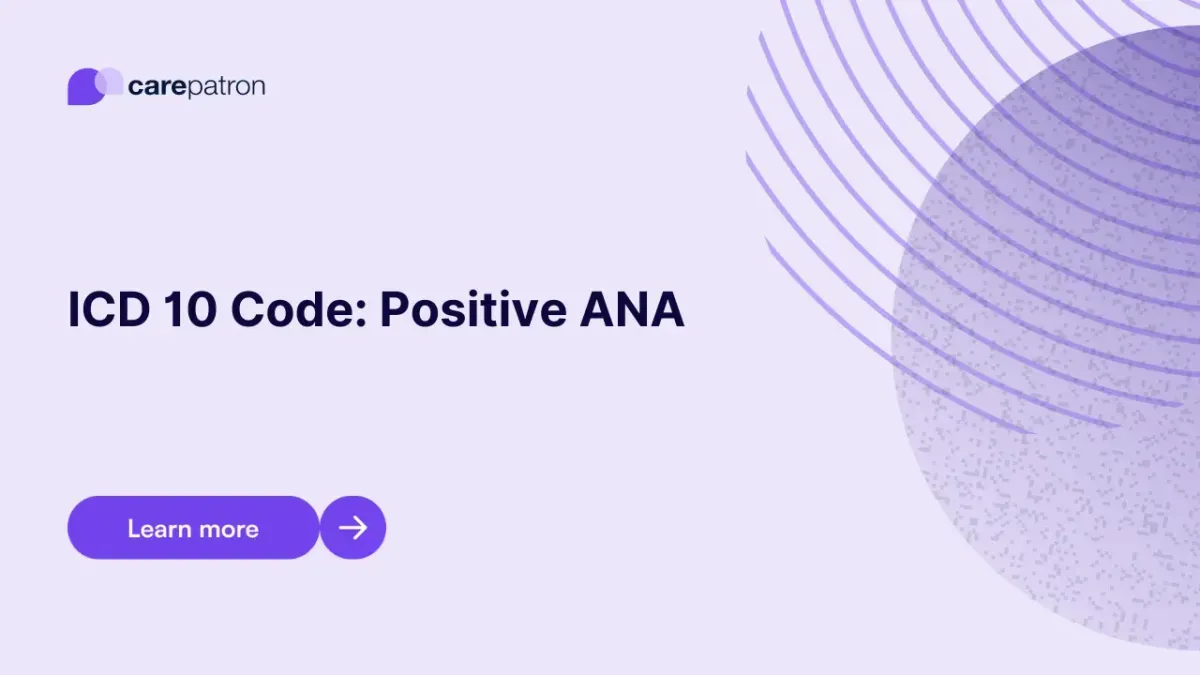What positive ANA ICD codes can I use?
Two positive antinuclear antibody or ANA ICD codes can be utilized. We will not be providing an exhaustive list of specific autoimmune diseases associated with ANA, such as lupus, scleroderma, and rheumatoid arthritis. This concise guide focuses solely on the presence of ANA in the body.
Here are the two positive ANA-related ICD-10 codes you can use:
R76.0 - Raised antibody titer
This ICD-10 code is meant to be used on a patient who has undergone an antibody titer test, and the test results show the presence of antinuclear antibodies in them. What is meant by raised is that the titer test has detected many antibodies in the blood. If the titer test was used to check for antinuclear antibodies, this ICD-10 code could be used.
R76.8 - Other specified abnormal immunological findings in serum
This ICD-10 code is meant to be used on a patient who has undergone a particular test that involves examining serum, and in this serum, professionals obtained abnormal immunological findings. This can include antinuclear antibody patterns. Patterns can be homogenous, speckled, centromere, cytoplasmic, mitochondrial, nucleolar, peripheral, or a mixture of some.
Please note that these codes are not valid as principal diagnoses because they are used to explain a patient's condition simply. In the context of these ICD-10 codes, these can be used alongside ICD-10 codes for specific autoimmune disorders/diseases that a patient has.

